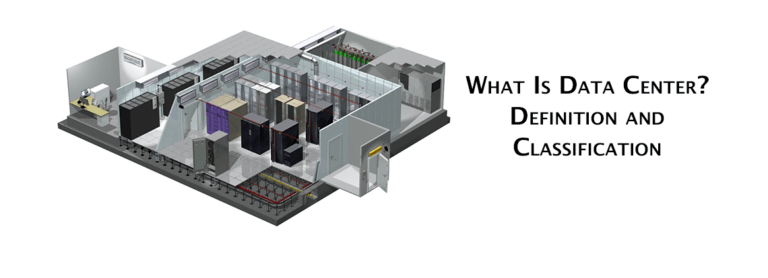Mapping the Intense Global Data Center Competitive Landscape

The Data Center Competitive Landscape is a fascinating, multi-layered ecosystem where different types of companies compete and collaborate to build and operate the digital infrastructure of the world. At the very top of the food chain, and shaping the entire landscape, are the hyperscale cloud providers: Amazon Web Services (AWS), Microsoft Azure, and Google Cloud Platform (GCP). The basis of their competition is on the features, performance, and price of their cloud services, but this competition has a direct and massive impact on the physical data center market. They are in a constant "arms race" to build out their global data center footprints, and their immense scale and highly sophisticated, customized facility designs set the standard for the rest of the industry. Their competitive advantage is their ability to leverage their massive balance sheets to fund billions of dollars in new construction and their deep, integrated control over the entire technology stack, from the silicon in their custom servers to the global software-defined network that connects their facilities.
The second major tier of the competitive landscape is the multi-tenant or colocation data center providers. The global leaders in this space are Equinix and Digital Realty, who operate vast portfolios of data centers in key markets around the world. The basis of their competition is on providing a secure, reliable, and highly connected environment for their customers. Their competitive advantage, particularly for a player like Equinix, is the "network effect" of their ecosystem. By bringing together a dense concentration of network carriers, cloud providers, and enterprises within their facilities, they create highly valuable interconnection hubs where businesses can easily and cost-effectively exchange traffic with their partners and customers. They compete with each other on the basis of their geographic reach, the quality of their facilities, and the richness of their connectivity ecosystem. This segment is also seeing intense competition from a new wave of private equity-backed players who are aggressively building new facilities to try and capture share in this high-growth market.
The third layer of the competitive landscape consists of the vast ecosystem of vendors who supply the technology and services that go into building and operating a data center. This is a highly competitive space with a number of distinct sub-segments. In the IT hardware space, companies like Dell, HPE, and a host of Original Design Manufacturers (ODMs) compete to supply servers and storage. In the networking space, Cisco and Arista Networks are the dominant players. In the critical power and cooling infrastructure space, the landscape is led by industrial giants like Schneider Electric and Vertiv. The basis of competition in this layer is a combination of technological innovation, product reliability, energy efficiency, and the ability to manufacture and deliver at the massive scale demanded by the hyperscale and colocation providers. The competitive dynamics at this layer are crucial, as the innovations from these vendors are what enable the data center operators to build more powerful, efficient, and cost-effective facilities.
- Art
- Causes
- Crafts
- Dance
- Drinks
- Film
- Fitness
- Food
- Oyunlar
- Gardening
- Health
- Home
- Literature
- Music
- Networking
- Other
- Party
- Religion
- Shopping
- Sports
- Theater
- Wellness


